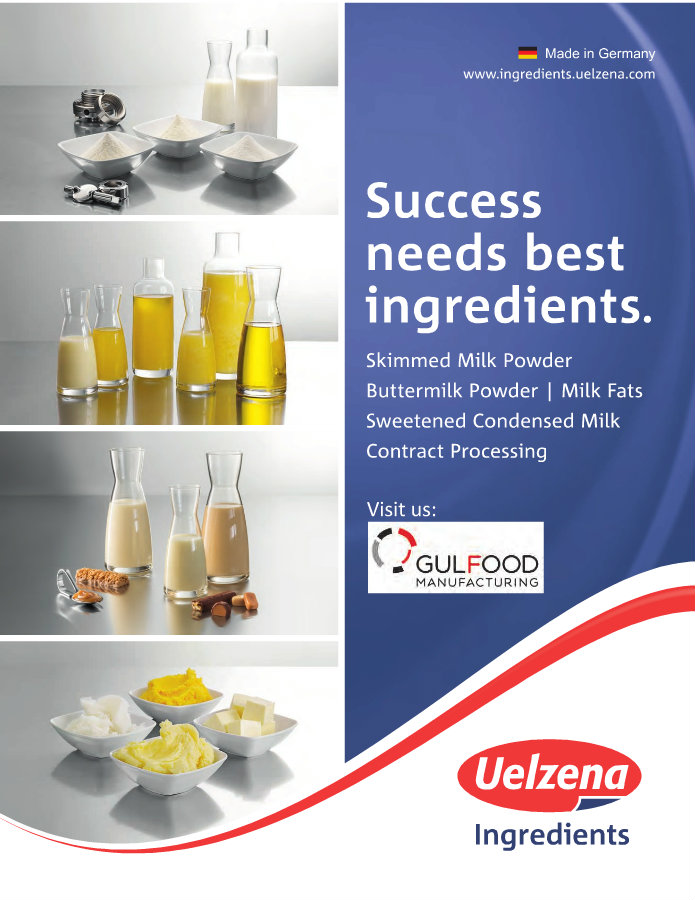love food. Good food. What I like better than eating food is knowing my food. I want to eat intentionally: to choose the food that fuels and sustains me.
To be able to do that, I must be able to ask about the food. What pesticides have you used? Do you use integrated pest management? Is it organic? Certified naturally grown? No-spray? Is it genetically modified? Are the animals pastured? Grass-fed? Do you feed them GMO feed? What kind of cover crops do you use? How are you taking care of the soil?
In an increasingly complex food system, with a growing awareness of food allergies and sensitivities, and a greater concern for sustainable agriculture, I am increasingly interested in finding out more about the details of the food I am buying.
Farmers markets have become more popular for the same reason. Being able to speak with farmers about their food at markets and on their local farms brings trust and transparency to a complex food system. We've come far in the past 10 years, but it's time for us as consumers to demand even more and accept nothing less.
Whether I drive east, west, north or south around the Capital Region, I see rolling, beautiful, rich and fertile farmland. Farms mean food and food independence. Successful farmers markets in every city and town and restaurants claiming locally sourced ingredients serve as indicators that small farms are coming back. Neighboring farms can grow much of our food right here, offering greater resilience and sustainability to the Capital Region food system.
Since the fresher the food, the more nutrient-rich it is, eating local also means healthier food for our communities. GMO, conventional organic, or naturally grown may matter less than the fact that local food arrives on tables more quickly after harvest and offers a more nutrient-rich plate.
Whatever the precipitating reason, I welcome the farm-to-table, local food trend. I am fortunate to live in the midst of such an agricultural region. I am fortunate to live in a place in which I can know my food and choose the source. Because I can ask the farmer, I can choose — organic, no-spray, or conventional, GMO or non-GMO, pastured or industrially raised.
Recently, local food manufacturers and restaurants are reaping the benefits of regionally produced food. Albany's New World Bistro Bar and Ballston Spa's Fifty South have been sourcing locally since their inceptions. Casa Visco is partnering with certified naturally grown Denison Farm for its tomatoes, Beekman 1802 is partnering with local farms and manufacturers to sell their products at Target, and mentions of more seasonal, farm-to-restaurant menus at Cornell's and Chez Nous have also appeared.
These businesses are bringing the bounty of our region to the front pages of the local newspapers. Many other factors are bringing a renewed interest in the "local" label — drought, climate change, local economies. The trend for local is definitely growing in upstate New York, following a trend popular in other parts of New York state and in the country.
Without GMO labeling, more consumers just might want to know about their food and will choose to buy from people they know who can tell them about their food. Regardless of your position on GMOs and GMO labeling, it is hard to oppose transparency in the food system. Even Campbell's Soup has embraced a "Consumer First" mindset to build trust in the quality of its food by announcing it will start labeling all products containing GMOs and will support mandatory national GMO labeling. And Aldi is planning to limit the inventory on its shelves to pesticide-free items. What is not to like about greater choice, trust and transparency in our food system?
The local food trend may also be giving a new generation of farmers a chance. With a greater demand for local, young farmers are stepping in to provide for the demand. With the average age of farmers increasing, bringing a new farming generation to the land requires support from consumers.
We must keep demanding more, so this trend continues in the right direction. Asking for local in restaurants, buying directly from farmers at markets, and choosing local goods in stores — simple steps we can all do every day — will support the small farmer and the sustainability, resilience and richness of our region.




